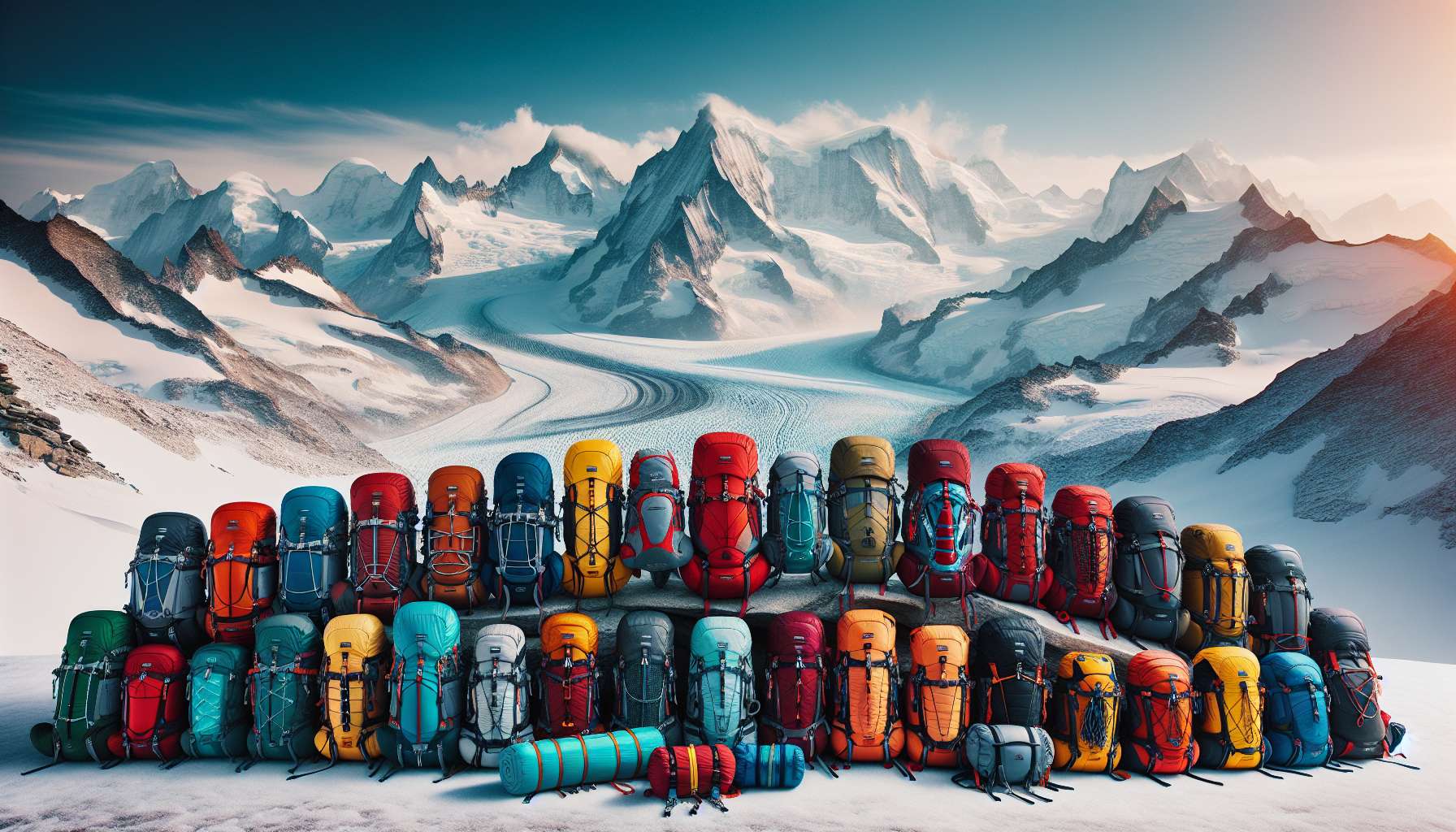The Ultimate Guide to Hydration Packs: Staying Hydrated on the Go
Staying hydrated is essential for our overall health and well-being, especially when engaging in physical activities. Whether you’re hiking, biking, running, or participating in any outdoor adventure, having easy access to water is crucial. This is where hydration packs come in. These innovative backpacks or waist packs are designed to carry water and allow for hands-free hydration, making it convenient to stay hydrated while on the move. In this comprehensive guide, we will delve into the world of hydration packs, exploring their history, design, benefits, and much more.
The Evolution of Hydration Packs
Hydration packs have come a long way since their inception. The concept of a hands-free hydration system can be traced back to the military, where soldiers needed a convenient way to carry water during missions. In the 1980s, the first commercially available hydration pack was introduced by CamelBak, revolutionizing the way outdoor enthusiasts stayed hydrated. Today, there are a wide variety of hydration packs available on the market, ranging from minimalist designs for runners to high-capacity packs for hikers.
The Anatomy of a Hydration Pack
A typical hydration pack consists of a reservoir, hose, and bite valve. The reservoir, also known as a bladder, is where the water is stored. It is usually made of durable, BPA-free materials and comes in various capacities ranging from 1 liter to 3 liters. The hose, connected to the reservoir, allows for hands-free access to water, while the bite valve enables the user to control the flow of water with a simple bite. Additionally, hydration packs feature adjustable straps, multiple compartments for storage, and reflective elements for visibility in low light conditions.
The Benefits of Using a Hydration Pack
There are numerous benefits to using a hydration pack, especially for those who lead an active lifestyle. One of the main advantages is convenience. With a hydration pack, you can easily sip water without having to stop or fumble with water bottles. This is particularly useful during intense physical activities where staying hydrated is crucial. Hydration packs also help distribute the weight of the water evenly across your back, reducing strain on your shoulders and neck. Moreover, the hands-free design allows you to stay focused on your activity without having to worry about holding a water bottle.
Choosing the Right Hydration Pack
When selecting a hydration pack, there are several factors to consider. The first is capacity. Depending on the duration of your activity and your water consumption needs, you’ll want to choose a pack with an appropriate reservoir size. Next, consider the fit and comfort of the pack. Look for adjustable straps, padded back panels, and breathable materials to ensure a snug and comfortable fit. Additionally, think about the features you need, such as storage compartments, insulation for cold water, and easy-to-use bite valves. Finally, don’t forget to consider the weight and design of the pack, as you’ll want something that is both functional and stylish.
Hydration Packs for Different Activities
Hydration packs come in a variety of designs tailored to specific activities. For runners, there are lightweight vests with front-mounted bottles or reservoirs for quick access to water. Cyclists often prefer slim, aerodynamic packs that fit snugly on their backs and provide easy access to the hose while riding. Hikers, on the other hand, may opt for larger packs with multiple compartments for storing snacks, gear, and other essentials. Whatever your activity, there is a hydration pack designed to meet your specific needs.
The Environmental Impact of Hydration Packs
While hydration packs offer a convenient way to stay hydrated, it’s important to consider their environmental impact. Disposable plastic water bottles contribute to plastic pollution, harming marine life and ecosystems. By using a reusable hydration pack, you can reduce your plastic waste and help protect the environment. Many hydration pack brands also prioritize sustainability by using eco-friendly materials, implementing recycling programs, and supporting environmental initiatives. By choosing a sustainable hydration pack, you can enjoy the benefits of staying hydrated while minimizing your carbon footprint.
Expert Opinions on Hydration Packs
We reached out to outdoor enthusiasts and experts to get their insights on hydration packs. Sarah, an avid hiker, shared, “I never hit the trails without my hydration pack. It’s a game-changer for staying hydrated during long hikes.” Mark, a seasoned cyclist, added, “I rely on my hydration pack for long rides. It’s so much more convenient than stopping to refill water bottles.” These testimonials highlight the practicality and convenience of hydration packs for various outdoor activities.
Common Misconceptions about Hydration Packs
There are several misconceptions surrounding hydration packs, one of which is that they are only suitable for extreme sports or outdoor adventures. In reality, hydration packs are versatile and can be used for everyday activities like walking, commuting, and running errands. Another misconception is that hydration packs are difficult to clean. With proper maintenance and care, hydration packs can be easily cleaned and sanitized to ensure safe drinking water. By dispelling these myths, we can encourage more people to embrace the benefits of hydration packs in their daily lives.
Comparative Analysis of Popular Hydration Pack Brands
There are numerous hydration pack brands on the market, each offering unique features and designs. We conducted a comparative analysis of popular brands such as CamelBak, Osprey, and Gregory to help you make an informed decision. CamelBak is known for its innovative designs and high-quality materials, making it a top choice for outdoor enthusiasts. Osprey focuses on comfort and durability, with packs designed for long hours of wear. Gregory offers a wide range of hydration packs, from minimalist designs to high-capacity packs for extended adventures. By comparing these brands, you can find the perfect hydration pack that meets your needs and preferences.
FAQs about Hydration Packs
1. How often should I clean my hydration pack?It is recommended to clean your hydration pack after every use to prevent bacteria buildup and maintain the quality of the reservoir.2. Can I use sports drinks or electrolyte mixes in my hydration pack?Yes, you can safely use sports drinks and electrolyte mixes in your hydration pack, but make sure to rinse the reservoir thoroughly after each use to prevent residue buildup.3. Are hydration packs suitable for children?There are hydration packs specifically designed for children with smaller reservoirs and adjustable straps. It’s important to choose a pack that fits comfortably and securely for young users.
To Wrap Things Up
Hydration packs are a convenient and practical solution for staying hydrated during physical activities. With their hands-free design, adjustable fit, and capacity options, hydration packs cater to a wide range of outdoor enthusiasts. By choosing a sustainable hydration pack and adopting good maintenance practices, you can enjoy the benefits of staying hydrated while reducing your environmental impact. Whether you’re a runner, cyclist, hiker, or simply someone on the go, a hydration pack is a must-have accessory for staying refreshed and energized. So, next time you venture outdoors, don’t forget to grab your hydration pack and keep thirst at bay!




